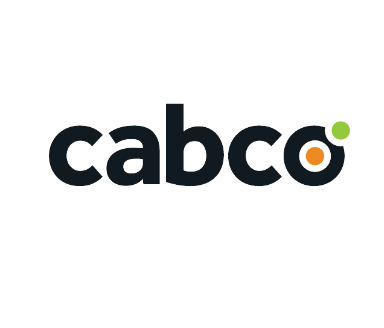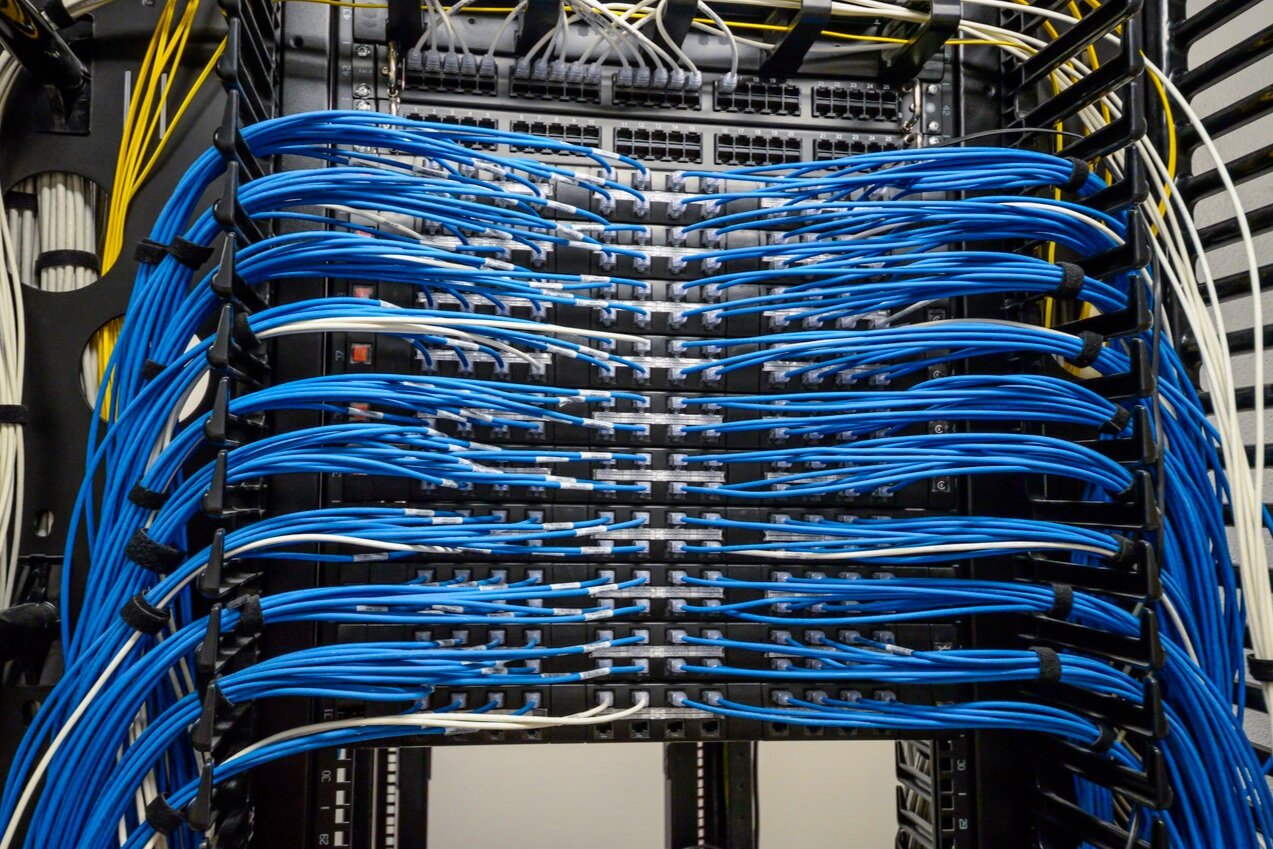What is Network Cabling?
In modern society, technology is continually evolving and plays a massive role in helping businesses grow. These improved instruments can assist your company to be more efficient, productive, and secure. But did you know that even the most advanced technology out there still requires some form of network cabling to support them?
Here at Cabco, we understand that learning about cabling may not be the most exciting topic. However, we powerfully suggest you and your business to learn more about cabling as cabling infrastructure can either make or break your technology investment. But, have no worries! Network cabling is not as complicated as it sounds when you have the right expertise and assistance.
In this article, we will discuss what network cabling does, what types of cables are common, the importance of having an optimized cabling infrastructure for your company, and what we, Cabco, can do to help optimize your company's cabling system.
What is a Network Cable?
Over the last decade, network cables have evolved just as much as other technologies. It has gotten much faster, safer, and can now transfer Gigabytes of data rather than only Megabytes.
Different types of technologies, such as computers, routers, switches, and storage area networks, use network cables to connect and transmit data and information. These cables can transfer data over long distances and at a very high speed, essentially act as carriers where thousands of data travel from one network device to another.
Common Types of Network Cables
Various network cables can be commonly used with local area networks (LANs). Depending on the system's overall structure's configuration and topology, the right type of cable to use would vary.
Choosing the correct form of network cabling will impact different business functions since enterprise network administrators employ innovations and technologies. Thus, one of the most critical networking components in various industries is network cable used in any network infrastructure.
We can classify major types of network cables into three different categories, namely:
· Twisted Pair Cable
· Fibre Optic Cable
· Coaxial Cable
Twisted Pair Cable
One of the most commonly used network cables, twisted pair cable, is primarily used in a home and a corporate setting. It consists of three different types of twisted pair cable, which are:
Shielded twisted pair (STP)
Unshielded twisted pair (UTP)
Foiled twisted pair (FTP)
This type of cable has a pair of insulated wires twisted to one another and runs parallel to each other. These twisted wires' primary purpose is to cancel out the external sources of electromagnetic interference (EMI). Many people commonly use twisted pair cables because they are easy to comprehend, install, cheap, and flexible.
Fibre Optic Cable
Fibre Optic Cable is another commonly used cable transmitting signals as light waves or pulses, eliminating the risk of electrical interference. This specific cable is made of glass strands and has a much bigger bandwidth than metal cables, allowing them to carry and send high volumes of data.
Fibre Optic cable is getting more and more popular for any installation that sends out high volumes of data because of their high capacity. This type of line can be expensive and can take a long time to install.
Coaxial Cable
A coaxial cable, a type of line mostly used for computer networking, audio-video networking, and television networks, is surrounded by a dielectric insulator and holds a copper-plated core. The insulating layer is enclosed by a woven copper shell, which eventually gets wound by an outer plastic sheath. This specific cable varies in size, cost, performance, capabilities, flexibility, and power handling. Types of coaxial cables include:
Hard Line Coaxial Cable
RG-6 Coaxial Cable
Twin-axial Cable
Tri-axial Cable
Semi-rigid Coaxial Cable
Importance of Optimized Cabling Infrastructure
Optimized cabling is a type of infrastructure that reinforces the company’s whole network and its cabling system. It is the glue that ties together all PCs, phones, printers, and other tech devices used within the organization, offering a secure and flexible solution to a wide range of communication needs.
The significant benefits of having a structured cabling system will differ from business to business. However, many companies will experience the following general list of advantages of setting up an optimized cabling infrastructure.
Future Proof Investment
Simplicity
Cost-Effective
Enhanced Flexibility
Reduced Risk of Downtime
Make Connections that Matter!
As Atlantic Canada's oldest independent communications integrator, Cabco strives to offer reliability, quality work, professionalism, and job safety in the industry. The following bullet list highlights what we provide in the cabling side of our business and how we separate ourselves from our competitors:
Structured Cabling (Cat5e, Cat6, Cat6A, RG6 Coaxial)
Fibre Optic Cabling, Splicing, and Emergency Repair Service
Gigabit Backbone Infrastructure Design and Implementation
Audio Visual and Specialty Cabling
Technical Relocation of systems, hardware, and workstations
25 years warranty on structured cabling
Have More Questions About Cabling?
Here at Cabco’s learning centre, we hope to answer any questions or concerns our customers might have. After reading this article, if you still have more questions about cabling, feel free to email us at sales@cabco.ca or call us at 1-800-675-4025
YoungHoon Choi
Digital Marketing Associate
Cabco Communications Group



